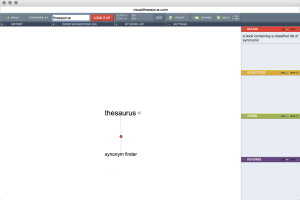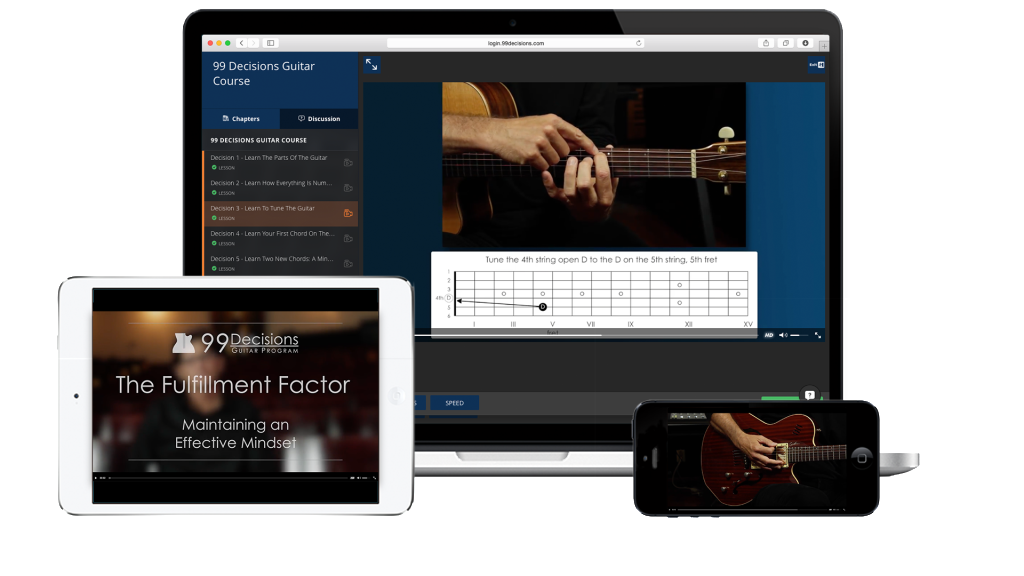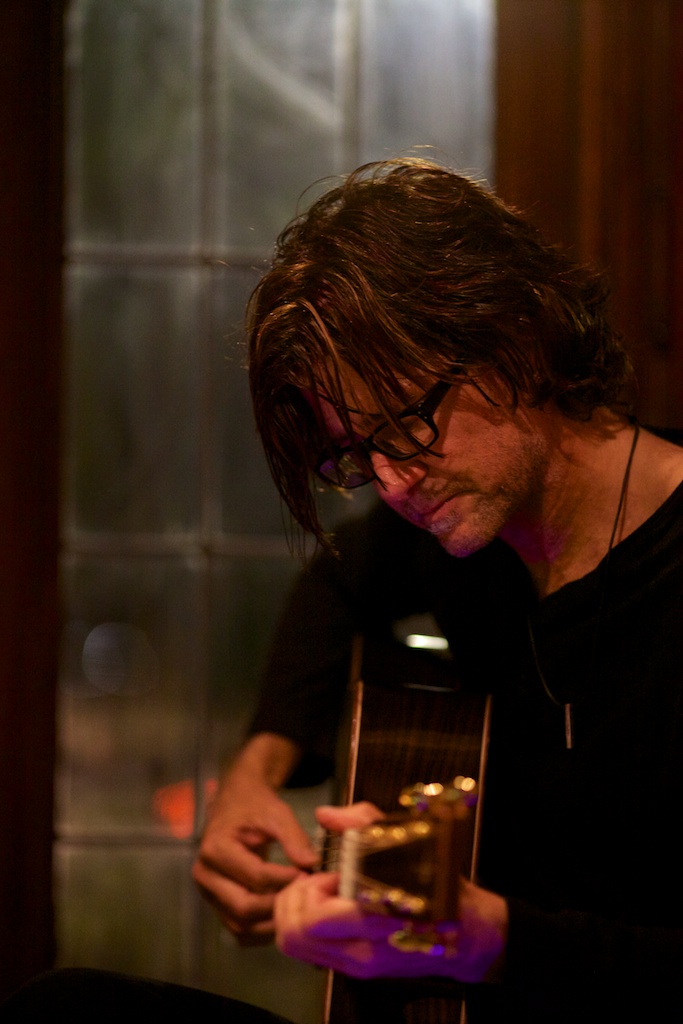You’ve got two hands, you should use them.
Well okay, you probably already do that when you’re playing the guitar.
And when you’re eating. And perhaps typing. (although you might not use all ten fingers)
What I meant is that you should probably pay as much attention to your picking hand as you do to your fretting hand.
So why didn’t I just say that? Because blog’s have an introductory section… generally the more whimsical & ironic, the better.
Mission accomplished.
Well then, let’s get right to it, shall we?…
I’ve noticed that there is a strong tendency to ignore what the picking hand is doing and place most of one’s attention on the fretting hand’s activities. If there was ever a candidate for therapy due to having an inferiority complex, it would be your picking hand. Why is this?
Let me tell you…
There are a few understandable reasons as to why your fretting hand gets all the attention…
Functionality Attributes of the Fretting Hand
Each note the fretting hand plays deals with three particulars:
• strings- 1 2 3 4 5 6
• fingers- 1 2 3 4
• frets- 20 to 25 frets*
• articulations- hammer ons & pull offs, slides, bends
That’s a lot of particulars for any particular note, let alone dealing with multiple notes simultaneously, as in chords.
* This number depends on how many strings your guitar has… and, don’t forget to include the open strings… although there is no fret number for the fretting hand to know where to go, if a note on a string is open, then your fretting hand has to know that it is open and to not touch it.
Functionality Attributes of the Picking Hand
Each note has two particulars:
• strings- 1 2 3 4 5 6
• stroke direction- down or up
Again, there are the same 6 strings one must keep track of, and as far actions go, there’s the two strokes to manage- down & up. Plus, there’s the fact that the picking hand has very little area to travel whereas the fretting hand must attend to the entire length of the fretboard.
The point is, it’s a much simpler operation you’re running over there to your right.
(here’s where you left handed guitar players accuse me of teaching bias)
And another thing- if you tend to watch your fretting hand exclusively, then you are even more likely to ignore what your picking hand is doing because it is residing in the abstract part of your consciousness. I’ve mentioned before the benefits of changing your visual focus while you practice.
There are myriad places we can go with this discussion, but I’ll stick with applying the concept of fretting hand versus picking hand awareness to an example of learning a straight-forward lick.
(or riff, phrase, motif, crip… ahh, the colloquialisms of it all!)
Let’s do a little experiment. You are the test subject. Good Luck.
Play the following phrase. There’s no real rhythm present here.. just focus on playing the notes & articulations accurately:
![]()
You’re pretty much just dealing with putting the correct finger on the correct string at the correct fret, right?
Well, mostly right.
Now, play this example & pay attention to the picking notation. You want go slowly to allow your brain the time to deal with the additional information:

This was a different experience that the first example, correct? It should have been, unless with the first example you were already paying close attention to what pick stroke you used with each note you picked. If you did that, then maybe you are already complete in your guitar technique awareness. In which case, stop reading this article & go jam, for crimony’s sake!
But if adding pick strokes to the story was in any way disconcerting to your experience of learning this phrase,
then read on, oh only-partially-aware grasshopper…
I just wanted you to see what it is like to literally take into consideration the factors involved in executing a musical example on the guitar.
(I literally just correctly used the word “literally” )
And these factors require both hands to effectively manage. Whatever you work on, remember to remember that using consistent picking is just as important as using consistent fingering. I wish to make a strong point here that if you pay as much attention to the details of what the picking is doing with each note, you will elevate your technique to an incredible level of proficiency & accuracy overall.
We do need to acknowledge that although rhythm considerations are extremely important in developing picking strategies, we have not dealt with such particulars in this article because it would get too deep & that is another subject for another blog. There is no rhythm indicated in this example so that is a
non-issue at the moment. So for right now, this is just about mechanical considerations as they pertain to your picking hand & your fretting hand.
Go back to the first example & do this…
• Learn the phrase one note at a time, focusing on the fretting hand and have your picking hand do all down strokes.
• When your fretting hand is comfortable with the notes & articulations, then add the pick strokes that are notated in the second example.
Take it slowly & devote the majority of you concentration to being consistent with each picking stroke as it it notated.
• Practice multiple iterations until it all becomes ingrained in your fingers, your brain, your ears… your soul!
(alright, settle down… you get the idea)
The objective here is for you to experience what it’s like to take a methodical approach to learning a musical example by breaking it down to each hand separately, and then putting it back together with every detail all worked out.
This is a viable strategy that you can use to learn almost anything, while developing a consistent & accurate picking hand.
Eventually, you will lay a foundation for your picking & you will be set for life.
A word about the “using all down stokes” approach:
Be mindful that this is an attempt to simplify the technique necessary to sound the notes the fretting hand is holding. However, some of your brain’s concentration might be used up by telling your picking hand, “Do all down strokes.”
An alternative to this approach is to not think of your right hand at all. This is probably fine, but remember, your sub-conscious is always recording everything you do & repetition reinforces this, so when you move on to the part where you add the notated picking strategy, then you might have created a situation where you have to “undo” some habits.
A word about why each stroke is what it is:
Since there are hammer ons & pulls used in the phrase, this results in asymmetrical picking, not symmetrical alternate picking (also, a subject within itself).
And the reality is, there are numerous picking combinations possible… I just used the one in this example because it would work for most players.
When you want to implement change, it’s all about the awareness.
And awareness is what you need to achieve equilibration with both hands. (what?!)
After all, your fretting hand and your picking should be able to play nice with one another.
Okay- I often am making fun of myself for using overly big words when I write. I happen to like vocabulary & semantics… it’s how I roll. I get my money’s worth out of the many vocabulary apps I have on my ‘puter & my phone.
So, if you’re wondering, my most utilized app when written writing is the Visual Thesaurus, mostly because it’s just cool to use. You have to see it in motion, literally. The words hang & move as you click & drag the main word over them. It’s like a virtual word mobile.
Check it out for yourself… screen cap of visual thesaurus
By the way, what’s another word for “thesaurus”?
(special prize for anyone who knows where I used that joke before)




Leave A Response